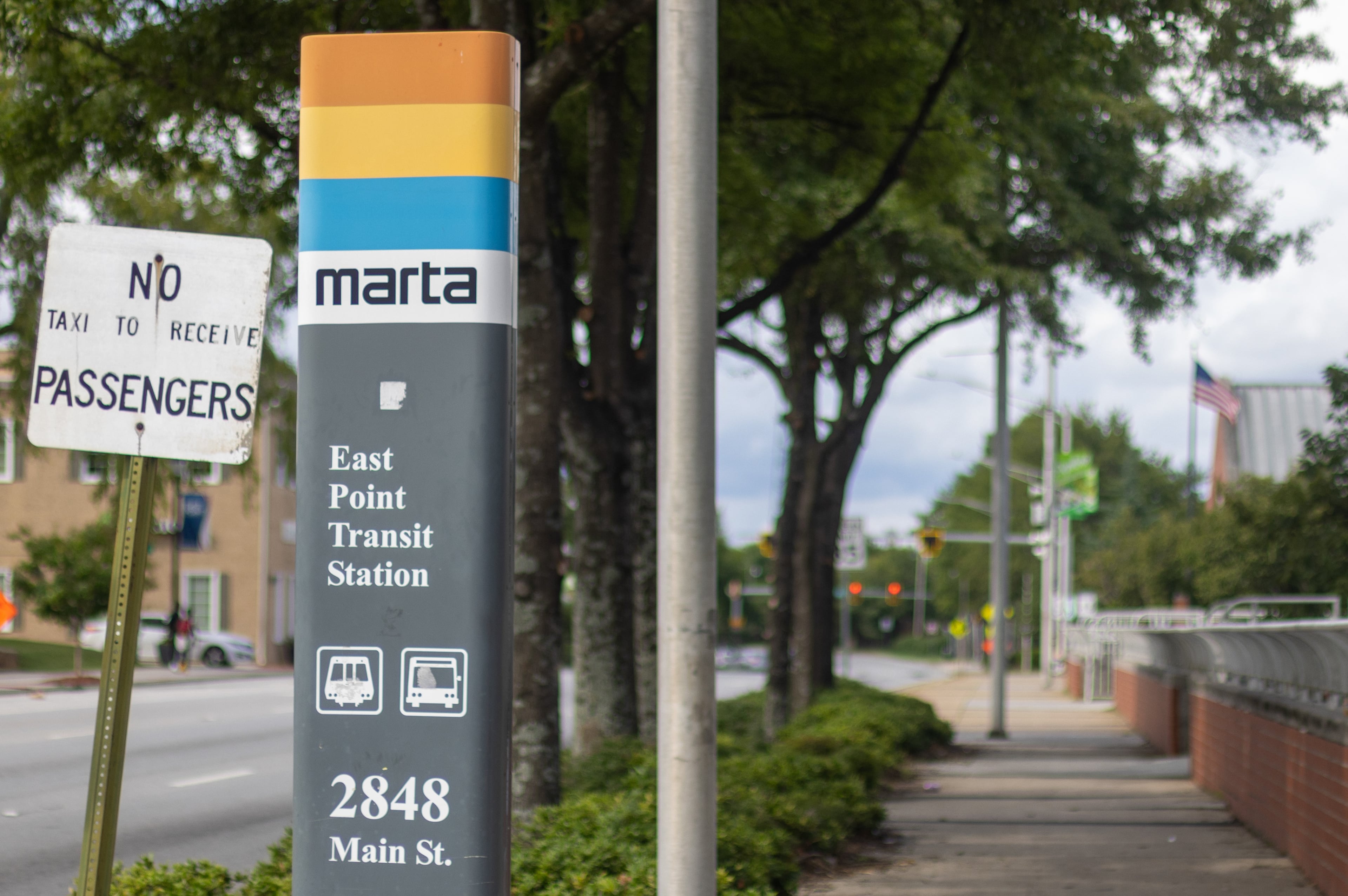Gridlock Guy: The traffic perspective three weeks after Helene’s barrage on North Carolina
Often the first connotation when one describes hurricane damage is of tremendous wind and rain buffeting palm trees and coastal properties. Many think of seaside storm surge ravaging beachfront homes and covering harbors. But Hurricane Helene’s most devastating blows landed on western North Carolina’s hill country. Her bruises are still deep hues of black and blue.
The interruption of everyday life has been profound and instant – and has dragged on for nearly a month. Entire towns were flooded from existence. And the washing out of major roads, including sections of I-40, have isolated communities from vital services.
Devastation that would require months of preparation for which to mobilize heaped upon the Appalachian hills in a few hours. There was not a mass evacuation – just astonishment.
North Carolina’s Department of Transportation has been in triage mode since September 27th.
And while the biggest story in western North Carolina has been the toll on humanity, the traffic impact is no small part of it. When roads have been needed the most to bring in first responders and supplies, the roads were damaged or gone.
Just how in the world has NCDOT even been able to begin street repairs in this environment?
“I can’t tell you the number of people, once they knew that their family was safe, immediately went to work helping others,” NCDOT’s western communications manager, David Uchiyama, told The Atlanta Journal-Constitution. Uchiyama said that some people had been working since the storm hit and had to be coaxed into taking a day off: “‘You have worked 21 straight days and these have not been eight-hour days.’”
One look at the state’s main traffic page, DriveNC.gov, shows the bevy of incidents and closures statewide. The site lists nearly 1,100 incidents, the vast majority of which are in a one-fifth swath in the far left of the state. That entire section has been outlined in red and labeled “Essential Travel Only.” The state has only removed that stark moniker this week.
With hundreds of roads under their purview, NCDOT has had to arrange repairs by priority. “(NCDOT is) reestablishing the major systems immediately to provide as much emergency service to as many people as possible,” Uchiyama explained. Interstates and secondary routes would get service before smaller roads.
But even knowing which roads needed service was an extreme challenge in the early offing. Cell and internet services were down in numerous places, so even when an engineer or official saw damage, they couldn’t input it on a phone or tablet. They couldn’t even call it in to the central office in Raleigh. So they had to literally drive in to make reports. “What normally would have been a 45-minute drive on a good day becomes two or three hours just to communicate,” Uchiyama said.
I-40 in the Pigeon River Gorge is closed indefinitely. The eastbound lanes slid into the gorge and westbound remains closed, too. Uchiyama said that a contract incentivizes a private company to repair these four different sections in a 4-mile stretch near the Tennessee line by January 4th, Uchiyama said. But final repairs will likely take much longer.
Uchiyama recommends tractor trailers take I-26 and I-77 as alternate routes to I-40, though Helene’s fury also wiped out two I-26 bridges in Tennessee. NCDOT is so emphatic about keeping trucks off of side roads that they have explicitly put up signs pointing trucks in the one direction they are allowed. The state even has a QR code for truckers to stop and scan, so they know exactly where to go. Uchiyama said the state wants truckers to heed the advice from the website given in that code and not from Google or Apple Maps, which sometimes send drivers to these small or damaged side roads.
Our prayers go to North Carolina and our hands can help buy and deliver supplies. And our common sense should help us remain cautious on those roads, so crews can repair them and North Carolina mountain residents can find sea level again.
Doug Turnbull has covered Atlanta traffic for more than 20 years and written “Gridlock Guy” since 2017. Contact him at fireballturnbull@gmail.com.



